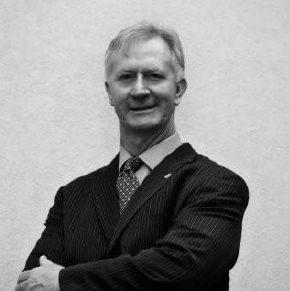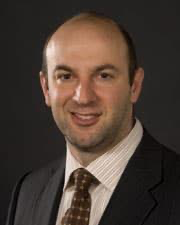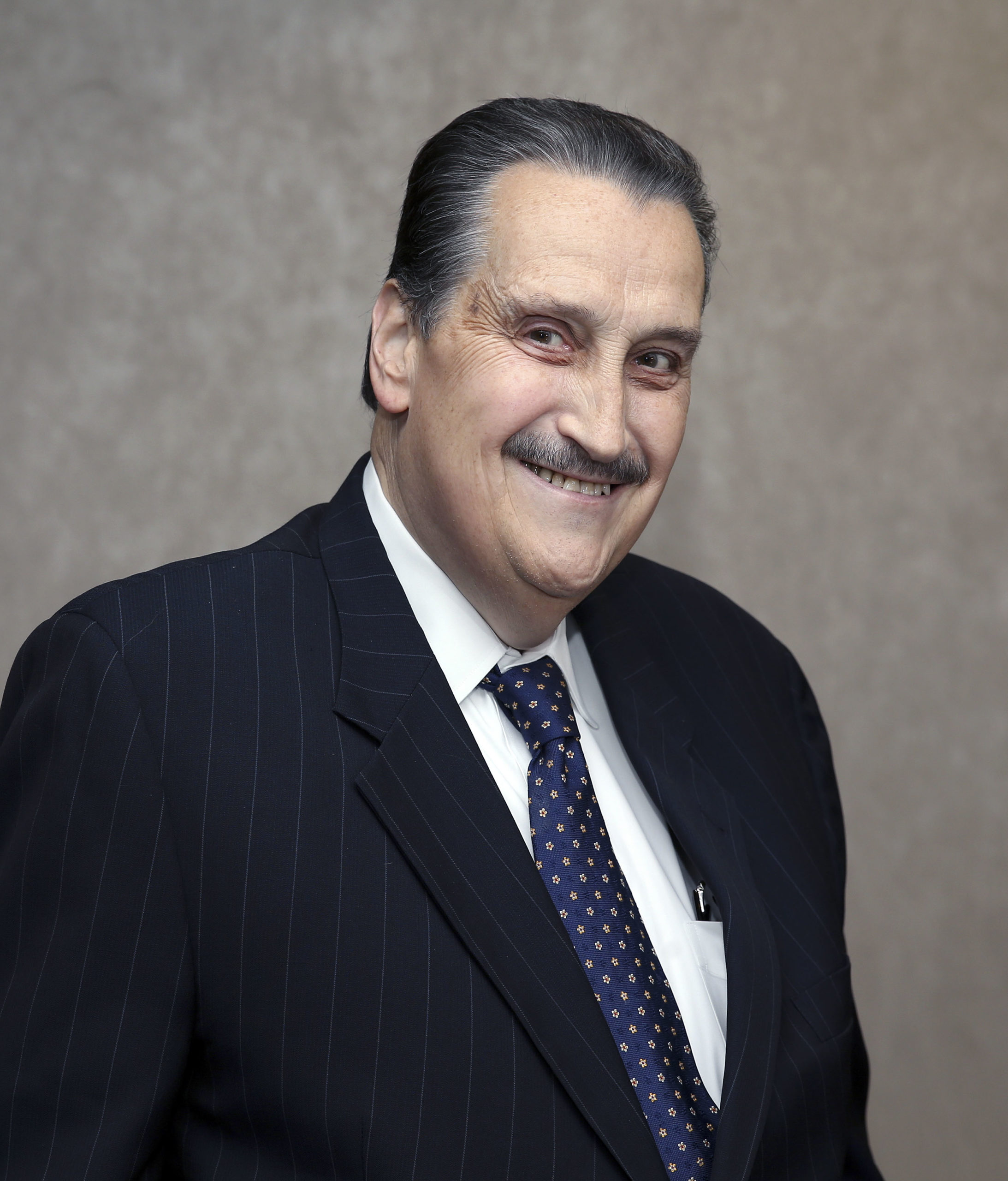
Patient Innovations works to make hospitals, practices and clinics more efficient and productive. This improves employee and patient satisfaction… and earns more revenue.
Lower wait times. Increase Revenue. It's that simple.
Here are our latest insights garnered from unique OnTime Care Vista
medical encounter data and industry research.

Things are heating up, and your medical team and call center need help. OnTime Care empowers patients to take the burden of you and your team.
We’re already seeing it. Just make it easy for patients to schedule, reschedule and get answers to most questions on their own.
That’s where OnTime Care Vibe comes in. Patients can book quickly from anywhere on the Internet – even most search results and Social Media. This will actually drive more business to you.
OnTime Care Vibe – our Virtual Intelligent Booking Engine – and SmartSchedule® let patients book sick and well visit appointments in one pass. A mom with a family of four can book all eight vaccination appointments in one pass – less than 60 seconds.
Call centers can cut interaction time by using OnTime Care to book, too. They’ll be able to make most appointments in under 60 seconds for shorter calls and hold times.
Your surgical coordinator can book pre-op, surgery, and post-op appointments in one pass – in under 60 seconds.

With challenges such as the rising cost of healthcare, red tape that can create obstacles to providing quality patient care, or adjustments that come with increased transparency requirements, it can be easy to let discouragement color your outlook on the future of the healthcare industry. But I sincerely believe that this is the best time in history to be part of this field. We have the ability to impact people’s lives and futures like never before. There are countless technological innovations that are truly providing better care for patients at lower cost, creating better patient experiences and thriving communities.
I have had the privilege of working with several developers and inventors who are designing cutting-edge innovations that give me such hope and excitement for the future of healthcare. Here are just a few examples:
Wait times in a clinic or hospital ER have long been pain points for patients—and healthcare organizations are feeling the pain too in the form of low patient satisfaction scores that negatively impact reimbursement from insurance companies. Technology is being developed that gives updates on wait times and care directly to the phones of people in the waiting room via Bluetooth connections. Furthermore, hospitals can use this data to track and improve their process flow to reduce wait times, educate their staff, and lower the cost of care by increasing efficiency.
In cancer care, treatment teams are implementing technology that allows them to have continual communication with patients and their families. Patients can pull up detailed notes from their meeting with their doctor and communicate more directly and efficiently with their treatment team, rather than calling and waiting until the doctor has time to respond to their message. Patients can also give regular feedback after chemotherapy or other treatments to improve the quality and effectiveness of their care.
There are numerous technologies in development that allow patients to play an active role in improving their health and quality of life. People who are unable to communicate after suffering a stroke have long used keyboards attached to a speaker to give them a voice. But now, there is technology that tracks their eye movements as they look at words and letters on a specialized screen to communicate to through the speaker. Exoskeletons are being developed that give the ability to walk to those who cannot do so independently whether from a stroke or other paralysis.
Those with hearing impairments can use recently-developed Bluetooth-enabled hearing aids to hear more clearly while driving. Some hearing aids can even translate from different languages.
Clinics often get visits from patients because they don’t understand how to take their medication. With technology, prescribing doctors can intervene before patients have to come into the clinic.
I met recently with a woman whose infant had allergic reactions to her breastmilk. In response, she developed a way to test the milk on a test strip to discover what was in the milk that was causing the reaction.
So much of physicians’ valuable time is spent entering information and codes into their patients’ electronic health records rather than using their giftings to care for their patients. Voice-to-text technology is being used to allow doctors to give notes verbally instead of manually, freeing them up to use their time doing what they do best.
On the business side, automation technology is taking over lower-level repetitive tasks. This frees up back-office professionals to work on higher-level tasks that require their unique expertise. Automation is also shown to reduce error, which increases revenue and gives healthcare organizations the opportunity to invest more in their employees.
Healthcare organizations and insurance companies are partnering with startups and developers of new technologies more than ever before. Several hospitals and health systems are creating innovation centers to provide a place where startups can come to develop their technology. This allows developers to conduct their pilot in the United States, and in exchange the hospital gets equity in that tech company, sharing in revenue and serving on the board to steer the company, all while actively improving people’s lives through their investment.
Insurers are working with community health organizations to understand how they can improve health in their communities through prevention. Increasingly, it is the insurance companies that are stepping up to invest in innovative technology improving patient outcomes.
As I look to the new year, I am energized by all the is being made possible through new, innovative technologies that are improving people’s health. What gives you hope for the future of healthcare as you look forward to 2020?

The Secret Sauce in Patient Experience
Everybody is focused on patient experience. Hospitals have spent fortunes on training for empathy, making rooms quieter, etc.
But the big complaint is the endless waiting
Whether it’s a hospital or a clinic, you need to eliminate needless, endless waiting. It’s actually the result of all the lost, leaky time.
Where does time leak? These are just two examples: nurses looking for working portable equipment and the time between discharge and getting the next patient into the room. There are so many more examples. Without addressing all of that, improving HCAHPS, CAHPS and Press-Ganey scores will be an uphill battle.
_____________

Increase Productivity to Reduce Spending Growth
A recent McKinsey study1 found that improving the productivity of care delivery will reduce the predicted growth in healthcare spending. The study noted that better use of more innovative technology for scheduling would improve physician productivity.
All too often, physician schedules are determined – and limited by – rules that specify the types of patients a given physician will see and at what times.
These are the very issues OnTime Care Vista solves.
_____________

Healthcare spending is big and growing
It is well known that US Healthcare spending approximates 18% of GDP, and that number is forecasted to grow to 21% in the next ten years.
Healthcare delivery represented 9% of that number due to productivity-related costs.
A recent McKinsey study stated that technology innovations have the potential to improve productivity gains and can help provider systems to fully utilize their clinical workforce.
Study: Existing Scheduling Systems Inadequate
McKinsey’s report indicated that modifying scheduling systems and broadening the application of reminders systems will address the current unused capacity in physician schedules.
Managing Physician Burnout
In response to the growing physician burnout phenomenon, McKinsey stated “To prevent physicians from burning out, after these changes are made, provider systems could encourage all clinical staff members to maximize the amount of time they spend on the highest-complexity activities commensurate with their training and experience.
This is the very premise upon which OnTime Care was built, and represents an important part of our growing portfolio of high-value use cases leveraging our Vista RTLS platform.
____________